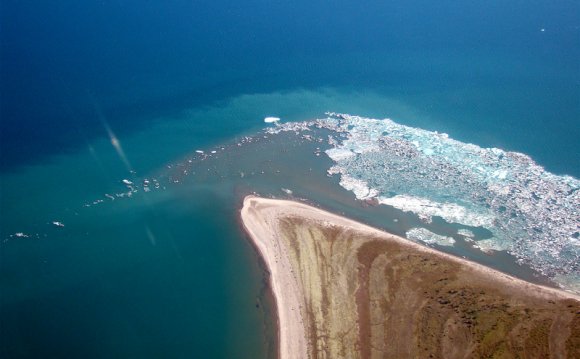
1930 :
1931 and 1932 :
Canadian Government publications warn of the serious health hazards associated with chronic exposure to even minute quantities of dust from high-grade radioactive ores - in particular the Great Bear Lake ores.
Mine workers and ore carriers are not told of these concerns.
1932 to 1940 :
These hazards are not communicated to the miners, nor are adequate ventilation practices put in place.
Canadians and Belgians compete for the radium market. The price declines from $70, 000 to $25, 000 per gram.
All radium mines are closed by 1940 due to a glut of radium, declining demand, and the onset of WWII.
THE WWII ATOMIC BOMB PROJECT
1938 to 1939 :
German scientists discover that uranium atoms can be fissioned, or split, releasing energy. Scientists everywhere soon realize that if a "chain reaction" can be achieved, a powerful "atomic bomb" can be built using uranium.
The U.S. Government orders 8 tons of uranium for military research from Eldorado, the Canadian company that owned and operated the Great Bear Lake mine. Uranium is extracted from existing radium residues.
The US Government orders 60 tons of Canadian uranium from Eldorado; as a result, Eldorado decides to re-open the mine at Great Bear Lake - in secrecy - with special permission from the Canadian government.
YOU MIGHT ALSO LIKE












